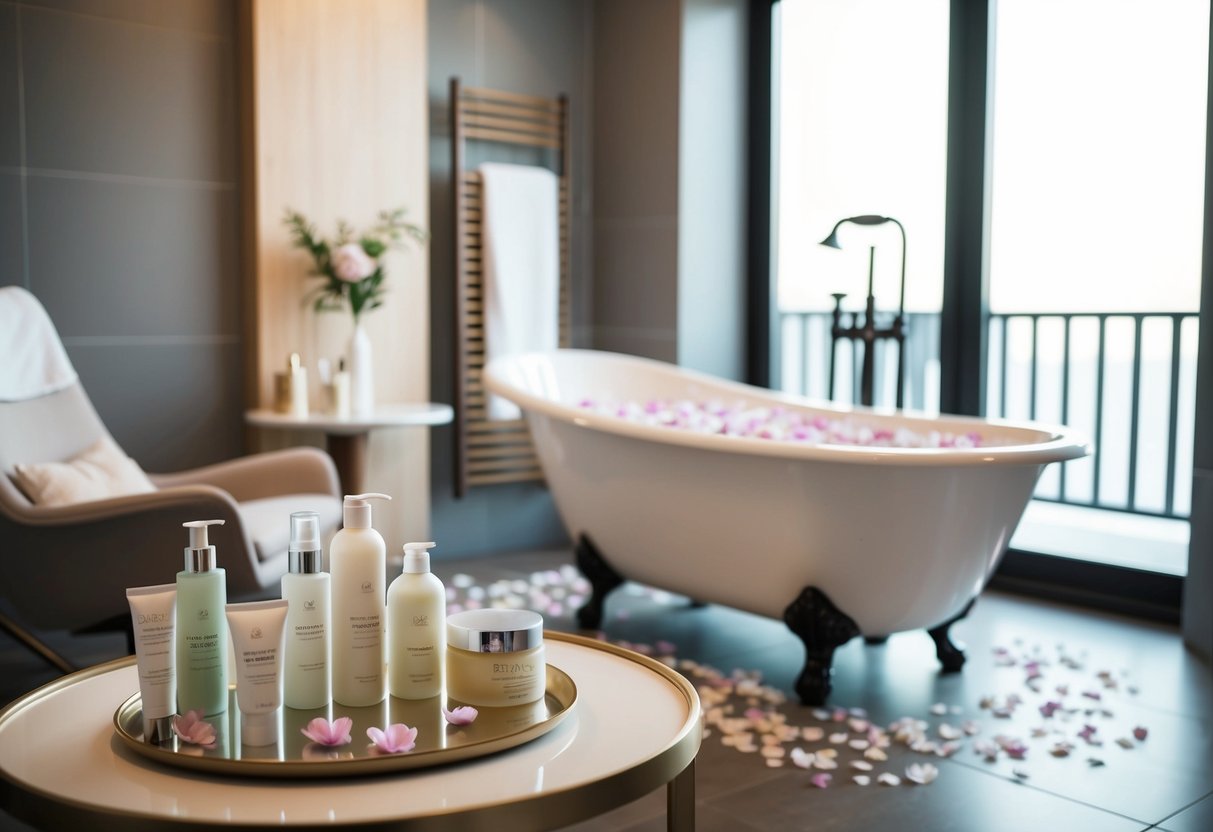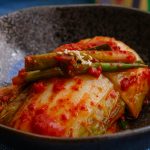Home Spa Day: DIY Treatments for Skin, Hair, and Relaxation
Natural Ingredients for Skin Nourishment
Natural oils and fruits are exceptional for nourishing the skin. Olive oil is rich in antioxidants and vitamins, making it ideal for dry or aging skin. An olive oil facial can be prepared by mixing a tablespoon of olive oil with a few drops of lemon juice. Apply this mixture to your skin, leave it on for 10 minutes, and then gently wipe it off with a warm cloth.
Coconut oil also serves as a versatile skincare ingredient due to its hydrating properties. It can be used as a night-time moisturizer. Simply apply a thin layer to your face before bed and wake up to hydrated, soft skin.
Honey is not only moisturizing but also has antibacterial properties. Using honey on its own or mixed with other ingredients like oatmeal can create effective facial treatments. A simple honey mask involves spreading a thin layer of honey over your face, leaving it on for 15 minutes, and rinsing with warm water.
Incorporating these natural ingredients into your facial care routine can provide excellent results, ensuring your skin remains healthy, radiant, and well-nourished.
Exfoliation and Body Scrubs
Exfoliation involves removing dead skin cells to reveal smoother skin beneath. Body scrubs can be made at home using natural ingredients and provide an affordable way to maintain healthy skin.
Creating Your Own Body Scrubs
Homemade body scrubs can be made with simple ingredients found in your kitchen. Brown sugar, sea salt, and coffee grounds are popular exfoliants. Brown sugar offers a gentle scrub, making it ideal for sensitive skin. Sea salt provides a more abrasive option, suitable for tougher skin areas. Coffee grounds not only exfoliate but also help reduce the appearance of cellulite due to caffeine.
To create a DIY body scrub, mix one cup of your chosen exfoliant with half a cup of coconut oil or olive oil. Adding essential oils like lavender or peppermint can enhance the experience by providing a soothing aroma. Ensure the mixture reaches a spreadable consistency before use.
Techniques for Effective Exfoliation
To exfoliate effectively, start by dampening your skin in the shower. Apply the scrub in circular motions, focusing on rough areas like elbows, knees, and feet. Use gentle pressure to avoid irritating the skin. It’s recommended to exfoliate no more than twice a week to prevent over-exfoliation, which can lead to redness and irritation.
After exfoliating, rinse thoroughly with warm water and pat your skin dry. Following up with a moisturizer helps to lock in hydration and maintain softness. Regular exfoliation promotes better absorption of skincare products, making your skin routine more effective.
Hydration and Moisturization

Effective hydration and moisturization can transform a home spa day into a luxurious experience. Using ingredients like olive oil and shea butter can deeply hydrate your skin, while hydrating masks and creams provide a refreshing boost.
Deep Moisturizing Treatments
Deep moisturizing treatments are essential for locking in moisture and ensuring your skin feels soft and smooth. One effective method is using olive oil, which is rich in vitamins and antioxidants. Applying a small amount to slightly damp skin helps to retain moisture and improve skin elasticity.
Shea butter is another excellent option for deep moisturization. Known for its rich, creamy texture, shea butter penetrates deeply into the skin, providing long-lasting hydration. It is particularly beneficial for dry or cracked skin, making it perfect for a home spa treatment.
Regular use of these natural moisturizers can help maintain the skin’s hydration levels. For best results, a routine that includes both light moisturizers and heavier, intensive treatments will provide a balanced approach to skin care.



